Migratory erythema appears after a tick bite as a visible lesion on the skin. It is usually the first symptom. It is also the easiest to recognize, indicative of Lyme disease, without being confused with other entities.
The erythema is usually round. A redness is visible on the skin at the site of the tick bite. Although it also happens that the erythema is displaced. It takes the form of a ring – on the sides, it is darker, and the center is lighter.
Over time, the erythema increases in size. The body temperature may be higher within it – the skin is heated and warm. There may also be itching or burning at the site of the erythema. Most often, it is pink or slightly purple. Skin eruptions may also appear. The erythema is visible on the skin within one to three weeks after the bite.
The occurrence of erythema is a pronounced symptom of Lyme disease. Once it is noticed, a medical visit is necessary. If erythema migrans are not recognized early or not seen, a person bitten by a tick may not know they are infected.
However, erythema migrans do not always occur in people bitten by a tick. Sometimes it does not appear at all, and then Lyme disease diagnosis is much more difficult. Lyme disease may not be detected in the body for years, resulting in a late diagnosis of this chronic disease.

Almost all patients affected by Lyme disease begin to experience unpleasant fatigue![]() . This physical fatigue is characterized by the fact that it is not affected by any form of rest. Individuals have no strength, even though they have not overtired themselves in any way.
. This physical fatigue is characterized by the fact that it is not affected by any form of rest. Individuals have no strength, even though they have not overtired themselves in any way.
In the early stages of the disease, fatigue can be selective. It appears suddenly, at different intervals. The more prolonged Lyme disease lasts, the fatigue becomes chronic, more robust, and lasts longer. Lyme disease symptoms usually worsen every few weeks. Fatigue is an often ignored symptom. People attribute them to other causes, as fatigue occurs in most diseases and infections.
However, when fatigue intensifies, it can be a very unpleasant symptom. Lyme disease patients find it challenging to carry out daily activities. Difficulties at school or work can arise because of it. The constant lack of energy, which cannot be influenced, also worsens the mood.
Lyme disease fatigue is different from the standard fatigue experienced by healthy people. Therefore, if you notice this change, consider whether you have recently been exposed to a tick bite.

A feverish or sub-febrile state often accompanies general fatigue. Thus, the first symptoms of Lyme disease often resemble those of the flu and cold. Lyme disease patients may have high fevers![]() . High fever usually occurs in the first phase of the disease.
. High fever usually occurs in the first phase of the disease.
Flu-like symptoms typically do not worsen over time but disappear after a few days. Therefore, patients may mistake this condition for a cold. However, it should not be underestimated. When flu-like symptoms occur, it is better to remain vigilant and analyze the situation for Lyme disease.
In addition to fatigue and fever, muscular-articular pain and mood deterioration may also occur. In many cases, flu-like symptoms may be mild or nonexistent. Therefore, Lyme disease is a complex disease to spot, and any signs that deviate from the norm should alert us.

Headache is a common symptom of Lyme disease, although it also does not occur in every case. Initially, headaches and dizziness![]() may accompany other flu-like symptoms. In later phases of the disease, headaches turn chronic.
may accompany other flu-like symptoms. In later phases of the disease, headaches turn chronic.
Chronic headache becomes a difficult-to-bear, persistent symptom. Patients may look for the cause of recurrent migraines without considering Lyme disease. This is because headache is another nonspecific symptom in many different disease entities.
However, it should not be ignored, especially when it becomes chronic. A headache with Lyme disease can also indicate a neurological type of Lyme disease. In the case of neuroborreliosis, meningitis can occur. The tick-borne bacterium can attack the nervous system. Then neurological symptoms are often preceded by other symptoms – like headaches.
On the other hand, typical symptoms of neuroborreliosis can manifest themselves through numbness of facial muscles or drooping of the corners of the mouth. And also ear pain, impaired lacrimation, and saliva secretion. Specific tests are needed to diagnose the neurological type of Lyme disease – doctors order an encephalographic EEG brain wave study.

These symptoms can also go hand in hand with flu-like symptoms, confusing patients. Lyme disease can spread to muscles, blood vessels, and nerves. The bacteria cause inflammation, known as pain, stiffness, and spasms. The most common symptom is neck stiffness.
Muscle and joint pains are also among the first symptoms of Lyme disease. Patients then have limited mobility. The pests are accompanied by swelling and redness within the joint. In later stages, sporadic pains develop into chronic inflammation.
Lyme arthritis![]() develops within two years of a tick bite. It manifests as swollen, red, and painful joints. It most often affects the knee joints. Acute arthritis is one of the more common symptoms of late Lyme disease. Tendonitis can also occur, but it is less common.
develops within two years of a tick bite. It manifests as swollen, red, and painful joints. It most often affects the knee joints. Acute arthritis is one of the more common symptoms of late Lyme disease. Tendonitis can also occur, but it is less common.

Lymph node problems can occur in the course of Lyme disease. Lymph nodes are located all over the body. They collect lymph, which captures dangerous substances, including the bacterium.
Lymph nodes are essential to the hematopoietic system in shaping the immune system. They have enlarged lymph nodes in a patient that result from an increased number of normal or cancerous lymphocytes or inflammatory cells.
The lymph encounters pathogens in its path. Then swollen lymph nodes![]() in the neck, behind the ear, or under the armpits can be seen with the naked eye. They take the form of slight bulges under the skin. You can feel hard nodules when you put your hand in the area.
in the neck, behind the ear, or under the armpits can be seen with the naked eye. They take the form of slight bulges under the skin. You can feel hard nodules when you put your hand in the area.
Sometimes there is also pain or swelling. Swollen lymph nodes can have various causes, the most common being bacterial or viral infections. So a tick-borne bacterium can also cause this symptom.

Among the symptoms of Lyme disease are also mental symptoms. Lyme disease can also affect a patient's overall mood. This can also be caused or exacerbated by persistent symptoms. Fatigue, various types of pain can be bothersome and affect overall functioning. So people with Lyme disease may become more irritable at the beginning of the disease.
They often have a bad mood, and negative emotions prevail. The initial worse attitude as Lyme disease progresses can even lead to severe mental disorders. Lyme disease depression may then appear. Signs of widespread infection usually precede depressive symptoms.
They often coexist with anxiety disorders and must be differentiated from chronic fatigue syndrome. In addition, sleep disorders![]() such as insomnia, can occur in any phase of the disease.
such as insomnia, can occur in any phase of the disease.
On the other hand, in the case of neuroborreliosis, encephalopathy, i.e., personality changes and cognitive impairment, may occur. Patients become aggressive and change their personalities in a very noticeable way. There is also a general deterioration of memory and other cognitive functions.

Lyme disease can also affect heart function. This becomes relatively rare, but there are cases when this disease leads to myocarditis or heart failure. The first cardiac symptoms![]() occur in the early stages of the disease.
occur in the early stages of the disease.
Bacteria enter the tissues of the heart. It causes interference with the flow of electrical signals from the upper to lower chambers of the heart. In doing so, they damage the process of coordinating the heartbeat.
Patients may experience characteristic symptoms -dizziness and shortness of breath—also palpitations, fainting, or chest pain. The clinical form of Lyme myocarditis is usually mild, and most patients recover completely. However, if Lyme disease goes undetected, this complication can be potentially fatal. Therefore, cardiac symptoms should not be ignored.

Lyme disease can also affect the organ of vision. Visual organ involvement during Lyme disease is most often encountered in the late stage. However, it happens at any stage after a tick bite. All segments of the eyeball can be involved. But ocular symptoms are rare. Typical signs are pain in the eye area, blurred vision, and double vision. Sensitivity to light may also occur.
The disease can cause various ocular disorders, such as uveitis and optic neuritis. Optical symptoms![]() often accompany neuroborreliosis. Conjunctivitis, which often accompanies flu-like symptoms in the first phase of the disease, can also occur. Redness of the eyeballs, purulent discharge, or swelling may also appear at the beginning of the disease.
often accompany neuroborreliosis. Conjunctivitis, which often accompanies flu-like symptoms in the first phase of the disease, can also occur. Redness of the eyeballs, purulent discharge, or swelling may also appear at the beginning of the disease.
Ophthalmic symptoms during Lyme disease are associated with an immune response to direct infection of the eye's tissues. Lyme disease diagnosis is sometimes challenging due to systemic and ophthalmic symptoms. Early diagnosis guarantees restoration of full visual acuity.

Facial numbness symptoms occur in the neurological type of Lyme disease when the nervous system is infected with the bacterium. The early form of neuroborreliosis is paralysis of the cranial nerve. The patient then experiences tingling and numbness in the face. As we mentioned earlier, the corner of the mouth may droop. Sometimes the sense of taste and smell is also affected.
The symptom is called Bell's Palsy![]() . It is characterized by unilateral peripheral damage to the facial nerve. It is present when the facial muscles of half of the face are paralyzed. Patients cannot wrinkle their foreheads or close their eyes. They have trouble opening their mouths.
. It is characterized by unilateral peripheral damage to the facial nerve. It is present when the facial muscles of half of the face are paralyzed. Patients cannot wrinkle their foreheads or close their eyes. They have trouble opening their mouths.
Lyme disease can also result in facial paralysis on both sides. Lyme disease is one of the few diseases that cause paralysis on both sides of the face. In addition, numbness and tingling can be experienced.

Lyme disease can only be infected by a tick bite. This seems unlikely, but it is risky whenever you go outdoors, especially during the summer. Wearing clothes that expose body parts increases the risk. Lyme disease is complex to detect due to nonspecific symptoms that can be mistaken for other diseases. Therefore, it is always better to protect yourself from the disease.
The essential prevention to protect yourself from ticks is to check your body. We should carefully examine the whole body after each trip to the forest or park. If a tick is found on the skin, it should be removed as soon as possible. Proper removal of the tick is of great importance. It is important to remember not to squeeze it. Ticks are best disposed of from the body with pliers.
When outdoors in areas with many plants, it is best to walk in clothing with long legs and sleeves. It is also effective to tuck your pant legs into your socks. In addition, tick repellents can be applied to exposed parts of the body.

Lyme disease is an infectious disease spread by ticks. It progresses with skin, joint, neurological, and cardiac symptoms. Symptoms can be mild or nonspecific. Making a diagnosis requires a test. The presence of Borrelia burgdorferi bacteria in the body is then checked. Lyme disease is divided into three stages. Its development increases the intensity of symptoms and complications.
Cardiac symptoms can be difficult, as there is a risk of death. Therefore, it is advisable to remain vigilant for any sign of Lyme disease. Every time you go out to an area with vegetation, you increase the risk of a tick bite. It is essential to remember this, as being aware of this can help with later diagnosis. The sooner Lyme disease is diagnosed, the easier and faster the treatment process.
Table of Contents

Do you know what the symptoms of Lyme disease are? The sooner you get diagnosed the better. Learn all about… read more »
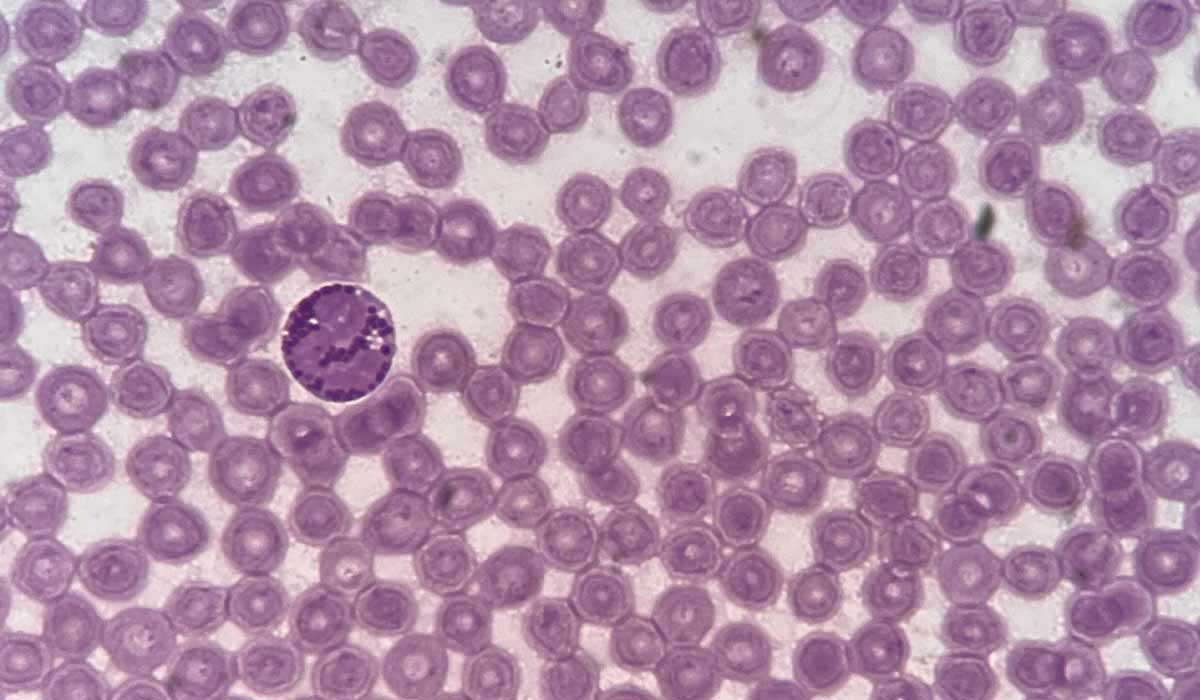
Anaplasmosis is a systemic infectious disease transmitted by ticks. It can be as dangerous as Lyme disease. Read the article… read more »
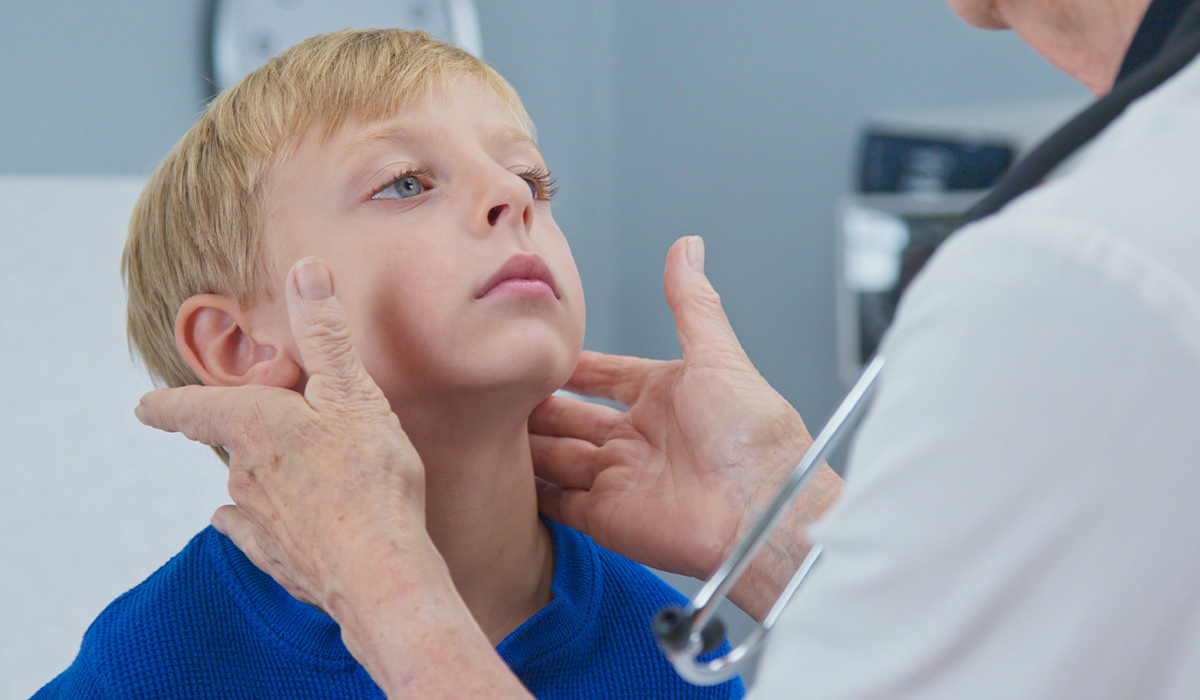
Swollen lymph nodes often occurs as a result of upper respiratory tract infections or infectious diseases. What are the symptoms?… read more »

There are not many spider species harmful to a human. Only a handful have fangs long enough to penetrate human… read more »

Mosquito bites are a skin reaction to the bite of a female mosquito. Why is this happening? How to prevent… read more »
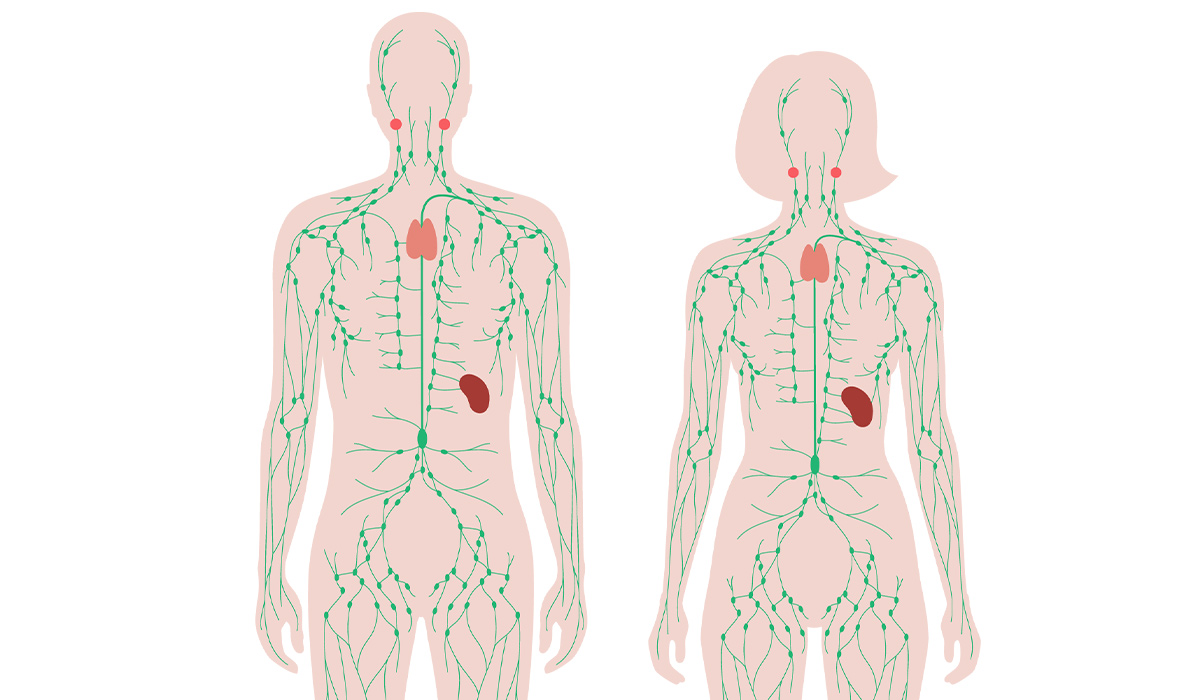
The human lymphatic system is an important support for the immune, circulatory and even digestive systems. What are its functions?… read more »
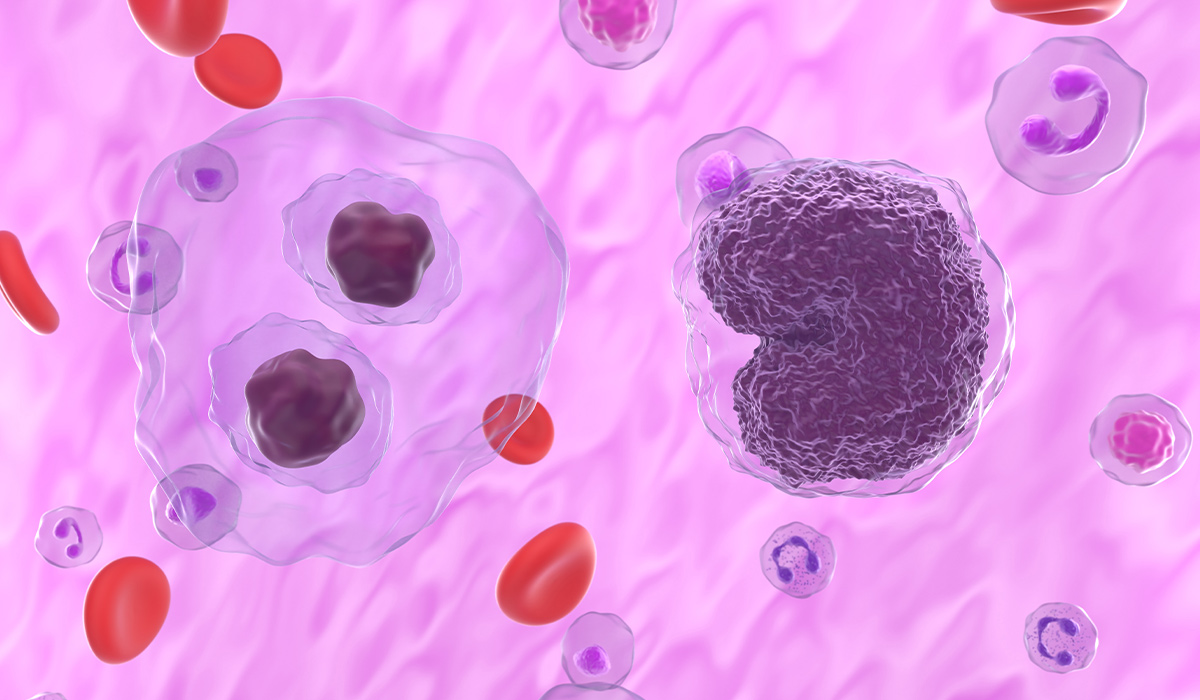
Lymphoma is a cancer of the lymphatic system. It is formed from lymphocytes – white blood cells. What are the… read more »
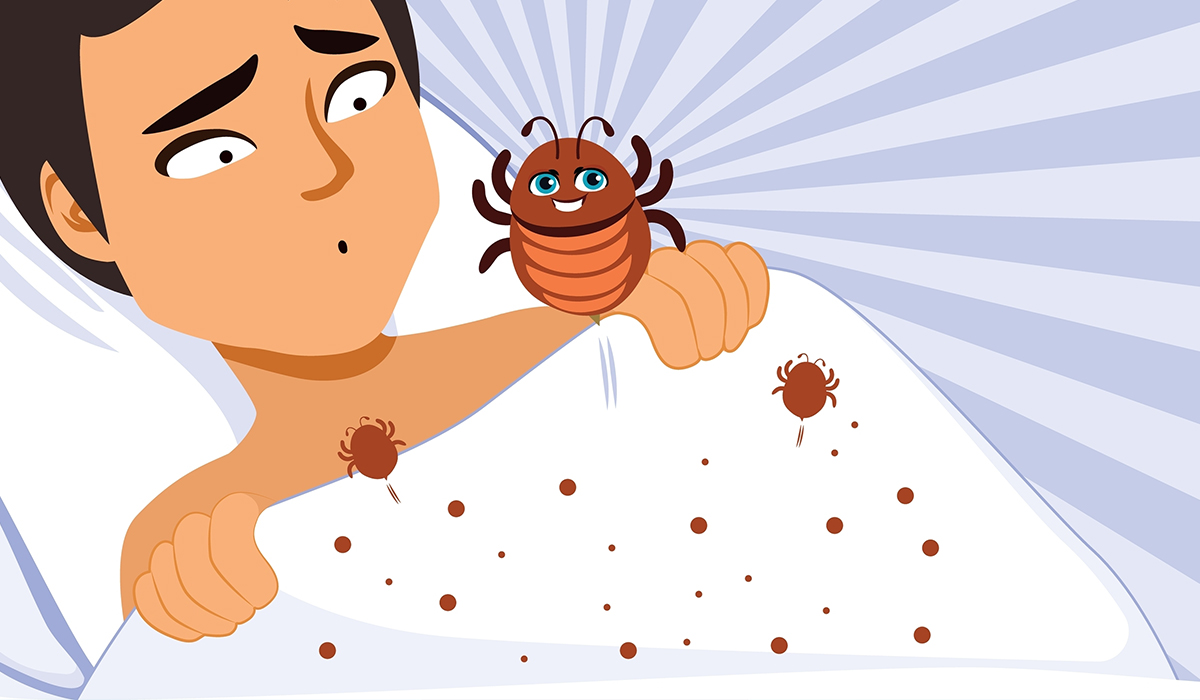
Bed bugs are parasites that feed on human blood. The insect bites can cause a variety of symptoms. Learn how… read more »

Influenza is a viral infection that can lead to severe and life-threatening complications. It can be confused with a common… read more »